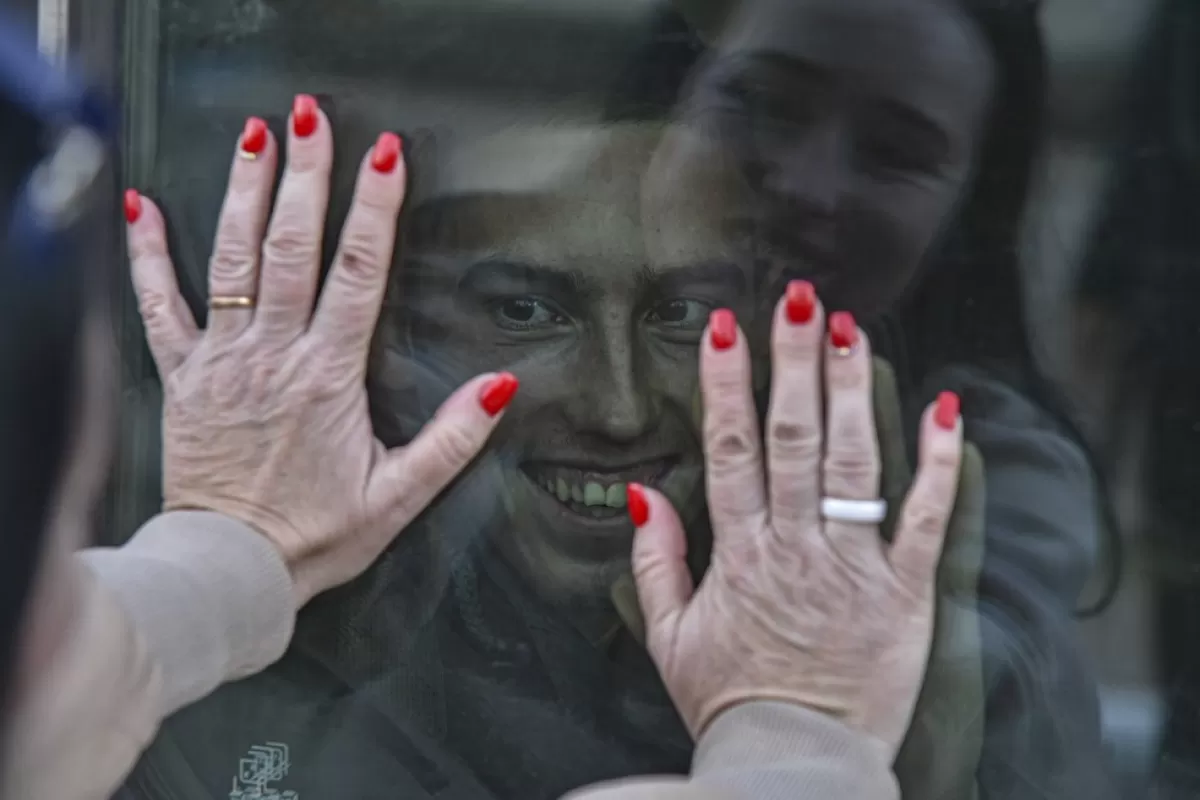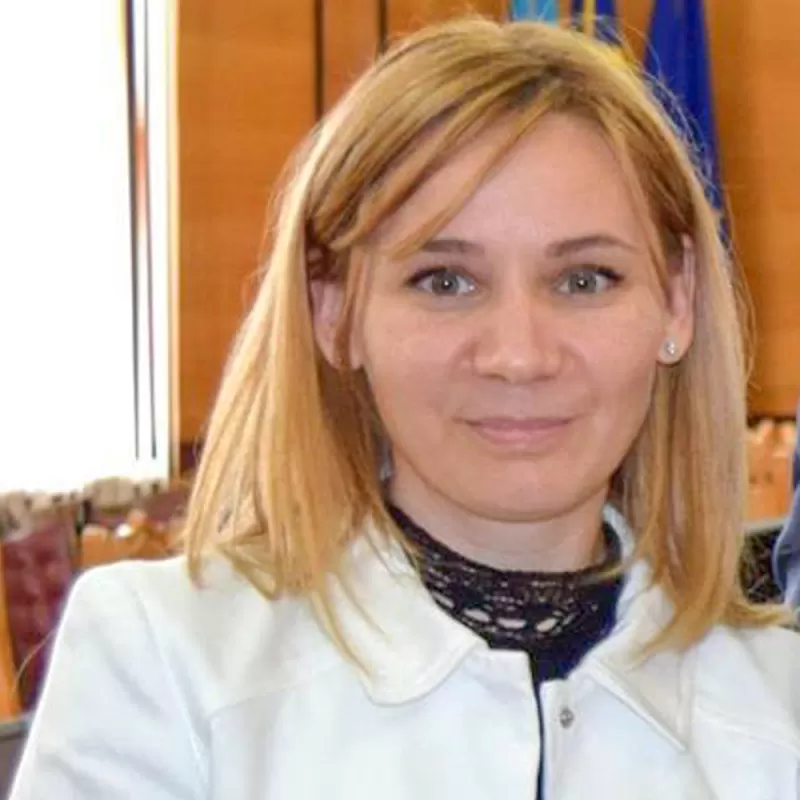
Whole battalions of Russians have been annihilated on the Ukrainian frontline, and soldiers are left behind by their commanders, the Russian independent media writes. Independent journalists also reveal how propaganda officers are trained to reflect one of the biggest failures of Putin’s war – the retreat from Kherson
RE:RUSSIA: The Kremlin is betting on human forces in the war, but with the support of the Western coalition, Kyiv will be able to counteract it by building up technological advantage and mobility of troops, analysts say
Having suffered heavy defeats in September and facing the threat of a collapsed front, the Kremlin has reconsidered the concept of a “special military operation”. The successful mobilization has helped replenish the troops, and, according to some assumptions, the Kremlin expects to call to arms between 1 and 3 million men eventually. This is a severe challenge for the Ukrainian army. What can Ukraine do to oppose the absolute advantage in human force? According to analysts, with the Western coalition's support, Kyiv can neutralize it and even continue its successful offensive. This can be achieved through technical advantage in armaments, the development of Ukrainian Armed Forces' mobility and logistical supply chains, allowing for the rapid deployment of troops to different sections of the stretched front, the destruction of critical Russian army supply railway junctions, as well as massive strikes along the frontline to sow panic among the mobilized recruits. One way or another, the war is reaching a new level of scaling and, therefore, a new scale of expected casualties, Re:Russia writes.
At the end of September, the Kremlin was forced to finally abandon the “special military operation” format and announced a “partial mobilization”. The official decree contains neither a specific target figure for mobilization, nor a final date of the mobilization campaign. The Russian Defense Ministry has officially declared that it plans to recruit only 300,000 reservists. Some media reported that a secret paragraph in the decree said that the mobilization goal amounted to one million people. Analysts of the Royal United Services Institute for Defense Studies (RUSI), citing Ukrainian intelligence, claim that Russia plans to mobilize 1 to 3 million. The Institute for the Study of War (ISW) believes that the Kremlin will use conscripts in military operations in spring.
[…]
To successfully cope with the new challenges arising from the mobilization, Ukraine should, according to RUSI analysts, strive to achieve technological superiority on the battlefield with NATO countries' support. Such an advantage would allow to effectively target command and control points, air defense systems, electronic warfare, troop concentrations, and military logistics of the Russian army. RUSI experts believe effective point-blank strikes would compensate for the Kremlin's advantage in human resources. The European Council on Foreign Relations (ECFR) believes Ukraine's possible response to Russian mobilization should consist of several elements. The first one is a new military conscription of Ukrainian citizens — but unlike Russia, they should undergo complete and long-term training in the United States, the United Kingdom, Sweden, Denmark, and Poland. The second element is targeted strikes on railroad hubs and military depots, including those on Russian territory. Russian military logistics primarily depend on railroads. ECFR experts believe Ukraine has the right and an opportunity to raise the stakes, especially since Kyiv has already carried out strikes on Russian territory several times and were left without any significant reaction from the media or Russian diplomats. However, to do so, Ukraine needs supplies of long-range artillery systems from the West. The third element it is to take advantage of the low combat morale of mobilized Russian soldiers — with massive artillery strikes, the Ukrainian army can force these fighters to abandon their positions en masse and retreat.
[…]
VERSTKA.MEDIA: Hundreds of dead: A battalion of Russians mobilized from Voronezh region was wiped out near Makeyevka
The families of Russians mobilized from the region of Voronezh say soldiers are thrown on the front lines like cannon fodder. Losses are huge, while commanders fled the Svatovo battle.
Aleksey Agafonov, one of the surviving servicemen, has told Verstka about losses sustained by battalions of mobilized Russians during the artillery attacks near Makeyevka, in the Svatovo district, Luhansk Oblast. According to his estimates, over 500 people were killed.
The commander of the mobilized battalion, which had undergone training at military unit 2079, promised the servicemen they would be sent to Svatovo, where they would be integrated into “territorial defense” units, 15 kilometers from the frontline, Agafonov recalls. On the night of November 2, the entire battalion was transferred to the frontline and got orders to dig trenches and hold the line of defense.
“They send us out in the fields, had us dig trenches. They gave us three shovels per battalion and no supplies. We dug as best as we could, and in the morning artillery fire started – Grad missiles, mortar fire, drone strikes, we just got slaughtered. The officers fled on the spot. In-between the attacks, we tried to hide in trenches, but we got detected by drones and shot. Of 570 people, only 29 were left standing, and another 12 wounded, the rest were gone”, Agafonov recounts.
Zlata, the wife of another mobilized Russia, also told Verstka about the hundreds of Russians who were killed. “Over half of them are dead”, she says, recalling her husbands’ words.
Agafonov also added that, before that, at least another battalion of mobilized Russians was wiped out in the same location. He told Verstka he saw dozens of corpses, some even had their “army tags” sticking out of their pockets.
“It all looks great on TV, but in reality, here in Luhansk, mobilized people are the first to be sent on the frontline. Ever since we withdrew, I have not seen a single officer. I saw only contract servicemen and volunteers on the third line and mobilized troops on the first line”, Agafonov also said.
According to him, locals and contract soldiers refuse to fight, while mobilized Russians are brought to Svatovo district from all over the country to fill up the gaps in the defense. You can see “groups of 2-5 people”, all that remains from their destroyed battalions, walking around Svatovo, which is where survivors of Agafonov’s battalion withdrew following the attack.
“Everyone’s confused and in disarray over here. Survivors and new troops are grouped into new battalions and sent to the frontline to close the line of defense”. Agafonov claims Ukrainians have razed to the ground the entire territory where mobilized battalions were deployed.
The information has been confirmed by the wife of another survivor who had been mobilized - Lyudmila Chernykh.
“He phoned in the morning using a different number and told me everything that happened. They had been sent to dig defense trenches and got attacked with mortar fire. Somehow they made it from Krasnodon to Svatovo, where they were all hiding. They are afraid to go out and head to security checkpoints. The commanders abandoned them and they don’t know what to do, they just ask for help”, Chernykh says.
The families of other mobilized Russians caught in the artillery fire gathered on Saturday in front of the prosecutor’s office in Voronezh, demanding to be told the truth about their loved ones.
“When we call them, they tell us our sons are alive and in good health and care carrying out their military duties. How the hell can they be alive and in good health if they’re all dead?”, Oksana Kholodova, Andrei Kholodov’s mother, told us.
[…]
MEDUZA: The Kremlin believes that the withdrawal from Kherson is “unwanted, but likely”. Plans are in place to train propagandists how to explain to the Russians back home the reasons behind Russia’s biggest failure in this war.
According to Meduza’s sources close to the Kremlin, the presidential administration has prepared several new guidelines for Russian propagandists. They stipulate how they should reflect the situation in Kherson in order to prepare the public in Russia for a possible retreat from Kherson. Meduza has obtained two of these documents.
One of them states that Kherson “is the most difficult region for the Russian army in this phase of the special operation”. Propagandists need to explain the situation by telling the public that it is vital for Ukraine “to prove the combat abilities of its terrorist units in order to call on the West for help again”:
“Kyiv doesn’t care about its own losses – it is willing to let tens of thousands of people die digging trenches and supplying weapons. Russian troops want to keep the civilian population and its military servicemen alive. The evacuation of the population to the left bank of the Dnieper is required in light of the threat of a massive attack on the city from a large group of nationalists”.
As early as mid-October, pro-Russian authorities started evacuating the population from the annexed territory of the Kherson region on the right bank of the river.
[…]
Another reason behind the retreat, stipulated in the guidelines, is that Ukraine and NATO states “have concentrated all their troops” on this segment of the frontline, which might cause “great bloodshed”:
“Zelensky wants the whole world to watch a bloodbath, to victimize the Ukrainian military, to ask for more money. The enemy wants Kherson to become a trap for Russia, a battlefield where tens of thousands will perish”.
“Ukrainian forces are planning a terrorist attack on the Hydroelectric Power Plant in Kakhovka. Blowing up the hydroelectric station might be a “trap” for our servicemen. The explosion would flood settlements and the civilian population. Our troops will be surrounded and will not be able to fight, being swept away by floods”.
Previously, Ukraine’s president, Volodymyr Zelensky, said Russian forces have mined the Khakovka hydroelectric station dam. In case they blow up the dam, nearly 80 settlements might be flooded, including the city of Kherson.
Apart from that, propagandists are also advised to emphasize that fighting in urban areas is “irrational”, because “more often than not it is the most difficult and destructive”, while Ukraine’s armed forces are capable of “razing Kherson to the ground”.
[…]
Another set of guidelines drafted by the Kremlin indicates that propaganda should specifically “draw public attention” to the speech of Anatoly Torkunov, a diplomat, historian, political theorist and member of the Scientific Department of Russia’s Security Council. In a meeting Putin had with historians, Torkunov recalled the Battle of Poltava, saying that, prior to winning the battle, Peter I “withdrew to Poltava” to regroup, which eventually “turned the tide of the war”.
Two sources close to the Kremlin have told Meduza that Russian authorities now see the concession of Kherson as an “unwanted” yet “likely” scenario. Previously, high-ranking Russian officials had repeatedly stated that “Russia is here to stay”, referring to territories captured since the start of the war.
[…]


